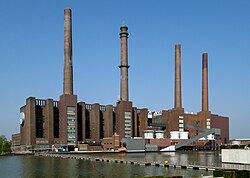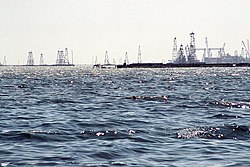This article has multiple issues. Please help improve it or discuss these issues on the talk page . (Learn how and when to remove these messages)
|
This page compares the sovereign states of Europe on economic, financial and social indicators.
Contents
- Definition of Europe
- Economic
- Countries by GDP (nominal)
- GDP growth rate
- GDP (nominal) per capita of sovereign states in Europe
- GDP purchasing power parity (PPP)
- Net national wealth
- European countries by total wealth
- Financial
- Current account balance
- Public debt
- Unemployment rate
- Average wage
- Minimum wage
- Social
- Human Development Index
- Percentage living below poverty line
- Social Progress Index
- Opportunity
- World Happiness Report
- Summary
- Economic 2
- Financial 2
- Social 2
- Notes
- See also
- References










